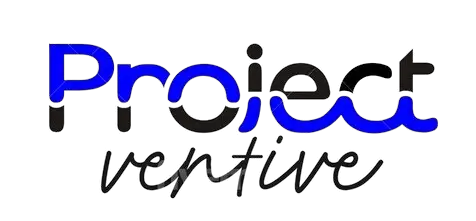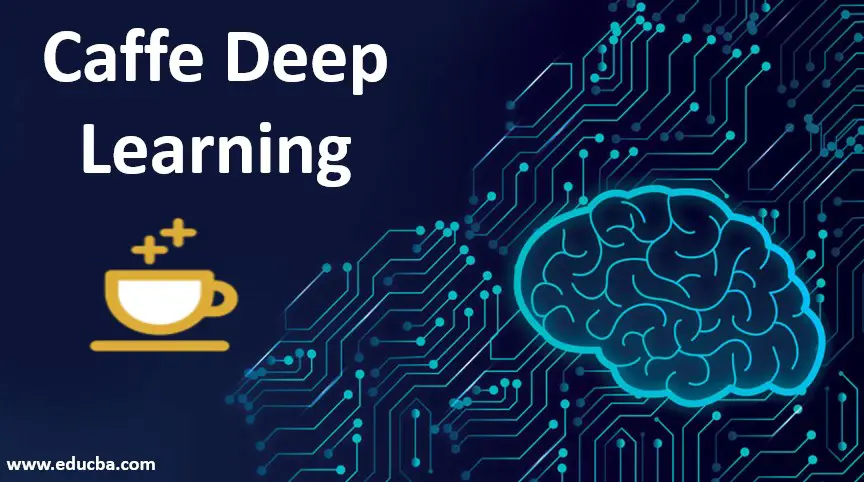Deep learning is the new big pattern of machine learning. It had numerous breakthroughs in computer vision, automatic speech recognition, and natural language processing.
The purpose of this blog entry is to introduce you to deep learning. To do this, we will create a feline/canine image classifier using a deep learning algorithm called Convolutional Brain Network (CNN) and a Kaggle dataset.
This post is divided into 2 main parts. The introductory segment covers some key concepts for deep learning, while the later segment is organized in a hands-on tutorial format.
In the first segment of the hands-on tutorial (Segment 4), we will build a feline/canine image classifier using a convolutional brain network without any preparation. In the second part of the tutorial (Segment 5), we’ll cover a high-level approach to training convolutional brain networks called move learning. We will use some Python code and a famous open-source deep learning framework called Cafe to build the classifier. Our classifier will actually aim to achieve 97% ordering accuracy.
BPI Sports is a sports nutrition company offering affordable, high-quality supplements, free workouts, diets, and fitness advice. Click Here.
What is Caffe?
Caffe is a deep learning framework made with articulation, speed, and seclusion in mind. It is created by Berkeley AI Research (BAIR) and by local area contributors. Yangqing Jia made the undertaking during his Ph.D. at UC Berkeley. Caffe is delivered under the BSD 2-Proviso permit.
Expressive design empowers application and innovation. Models and improvement are defined by arrangement without hard coding. Switch between computer chip and GPU by setting a single banner to train on a GPU machine and then send to ware bunches or cell phones.
Extensible code encourages dynamic development. In Caffe’s most memorable year, it has been forked by north of 1,000 designers and had numerous tremendous changes contributed back. Because of these contributors, the framework tracks the cutting edge in both code and models.
Speed makes Caffe ideal for research trials and industry arrangements. Caffe can process over 60M pictures each day with a single NVIDIA K40 GPU*. That is 1 ms/picture for inference and 4 ms/picture for learning and more ongoing library adaptations and equipment are quicker still. We accept that Caffe is among the quickest community executions available.
Features and Benefits of using Caffe
- When you adventure beyond Caffe’s comfort zone, for example, convents, its ease of use drops fundamentally. For instance, take a stab at doing RNN for language modeling in Caffe.
- All the machinery for example protobuf, layers, and so forth comes in the way once you attempt to define your own layer types.
- A couple of input formats and just a single result format, HDF5 (in spite of the fact that you can continuously run it using its Python/C++/Matlab interface and getting yield data from that point).
- Multi-GPU training is to some degree supported however not every one of the various approaches to doing that like model/data parallelism and so on.
- Many interesting changes are just available in patches presented by various individuals
BPI Sports is a sports nutrition company offering affordable, high-quality supplements, free workouts, diets, and fitness advice. Click Here.
How does the cafe work?
interface
Caffe is primarily a C++ library and exposes a discrete development interface, but some unique scenarios require custom collections. Hence, Cafe offers interfaces for everyday use through the command line, Python, and Matlab.
Data processing
Caffe processes data in a mass form which is an N-layered representation stored in a C-boundary style. The data we pass along the model is stored both as data and as diff, which is a slope registered by the network.
Data layers govern how data is processed in and out of the Cafe model. Pre-processing and transformations such as random cropping, mirroring, scaling, and mean deduction should be possible by configuring the data layer. Additionally, pre-fetching and different input designs are similarly possible.
Cafe Lair
Caffe layers and their boundaries are the foundation of every Caffe deep learning model. The base association of the layer is where the input data is given and the top association is where the result after the calculation is given. At each level, three distinct calculations occur, namely the set-up, forward, and reverse calculations. In that case, they are likewise essential units of account.
Many cutting-edge deep learning models can be built using Cafe’s layer inventory. The data Layer, Normalization Layer, Utility Layer, Enactment Layer, and Misfortune Layer are among the layer types provided by Cafe.
Cafe Solver
The Caffe solver is responsible for learning — implicitly generating boundary updates for model progress and working on mishaps. A few solvers are provided in Cafe like Stochastic Slope Plummet, Multivariate Trend, and RMSProp. The solver is arranged independently to decouple modeling and streamlining.
BPI Sports is a sports nutrition company offering affordable, high-quality supplements, free workouts, diets, and fitness advice. Click Here.
Conclusion
The cafe empowers scholarly research projects, startup models, and large-scale industrial applications in vision, speech, vision, and sound. It’s incredibly fast and efficient, allowing you to quickly configure, train, and deploy deep brain networks. It offers many valuable devices and libraries, which make it easy to build complex models and tweak existing ones. Finally, Caffe is truly scalable, allowing you to easily scope your models to large datasets or different machines, making it an informed decision. Training.
Important Affiliate Disclosure
We at projectventive.com are esteemed to be a major affiliate for some of these products. Therefore, if you click any of these product links to buy a subscription, we earn a commission. However, you do not pay a higher amount for this. Rest easy as the information provided here is accurate and dependable.

